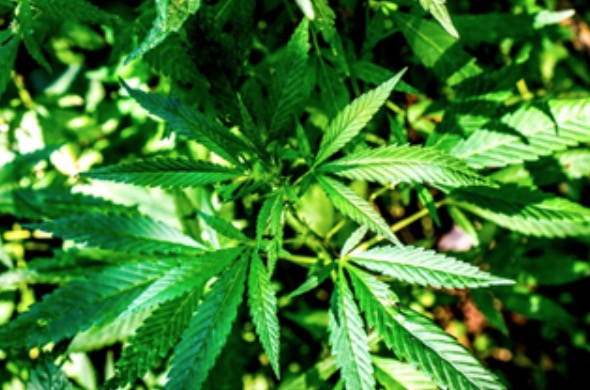In just the past few years has marijuana become an acceptable form of recreation in the Western world — but cannabis has its roots in the very beginnings of human civilization. Marijuana wasn’t suddenly discovered by hippies in the 1960s; it has been used for millennia as a powerful and useful medicinal herb as well as a tool for spiritual and religious rites.
Marijuana has associations with Indian culture, but it has been found in Egyptian tombs, depicted in ancient Chinese artwork and studied by medieval European scholars. Today, you can obtain all sorts of cannabis products from your local Bloomington, IL dispensary. Marijuana spread across the world about as quickly as human beings did — so where does it come from, originally?
We Aren’t Exactly Sure
Cannabis is one of humanity’s oldest crops, first cultivated more than 12,000 years ago. The plant is rightfully called a weed; it has followed humans for millennia, springing up in dumpsites and trash heaps all over the world, making it remarkably difficult to determine where exactly the plant first naturally evolved.
Research into plant genetics as well as evidence found in cultural sites like burial mounds has led most researchers to believe that cannabis comes, originally, from the eastern portion of the Eurasian Steppe, a high, dry and cold eco-region that is now covered by Mongolia and southern Siberia.
Not much is known about how prehistoric hunter-gatherers in the region used cannabis, but it is more than likely that they took the fibers from the plant to make hemp textiles. Unlike other natural fibers, hemp is naturally water-resistant and pest-resistant; it is stronger than flax and lighter than cotton, wool and leather. Plus, the ease with which cannabis grew made the plant a convenient crop for the nomadic peoples to rely on. However, textiles decompose quickly, so there is almost no chance of finding a 12,000-year-old hemp shirt to confirm this theory.
Eventually, the people of the Great Steppe began experimenting with other uses for the plant. A burial mound in Siberia dating back to 3,000 B.C.E. contains burned cannabis seeds, and other burials in nearby northern China have large quantities of mummified psychoactive marijuana. It seems that rather early on, humans recognized that cannabis could offer more than its strong, useful fibers — and they were happy to share their discovery with their neighbors.
Cannabis Spreads Far and Wide
It didn’t take long for people outside the Steppe to begin cultivating cannabis and enjoying its benefits. Both peoples of China and Korea had access to cannabis before or around 2,000 B.C.E., likely thanks to coastal farmers who traded the crop up and down the Yellow Sea. There is evidence galore of cannabis use in these regions, both in ancient art and in burial goods.
Slightly later, marijuana drifted down south, to the South Asian subcontinent between 2,000 and 1,000 B.C.E. While cannabis was undoubtedly beloved in other regions, the Aryans of India venerated the crop, celebrating it as one of the five kingdoms of herbs that relieve anxiety and offer happiness. According to a sacred text called the Atharva Veda — which translates to the Science of Charms — cannabis comes from the gods churning the ocean in search of an elixir of eternal life and dredging up some holy herbs, instead. Cannabis was so prevalent in Ancient Indian culture that it is how the plant got the name we use today, and it is how the Europeans gained access to the drug.
In truth, cannabis made its way to Europe around the same time it spread to the rest of the Eastern Hemisphere — but because cannabis plants did not grow as successfully in the wetter, colder climates of Europe, Europeans weren’t as enamored of the drug as Indians and East Asians. Cannabis seeds have been found in the remains of Viking ships and in the burials of Germanic tribes around 1400 B.C.E., but Europeans preferred the crop for its use as a textile as opposed to its psychoactive effects.
The first cannabis came to the New World in the form of seeds brought by colonists. Hemp is largely to thank for the success of the earliest American colonies; the crop grew plentifully in Jamestown and other early settlements on the East Coast, and because hemp cloth was so prized by Europeans, the colonies were able to generate profits that kept the new country afloat. In fact, many states mandated that landowners devote some property to growing hemp, and plenty of Founding Fathers grew cannabis on their estates.
Cannabis could be the most successful weed in the world’s history — and it could be the most prized, as well. Today, cannabis is still used as a textile, revered as a spiritual herb and esteemed for its ability to relax and heal. The history of cannabis is cloudy, but the more access we have to the drug, the more we will know about its origins and benefits.


0 Comments